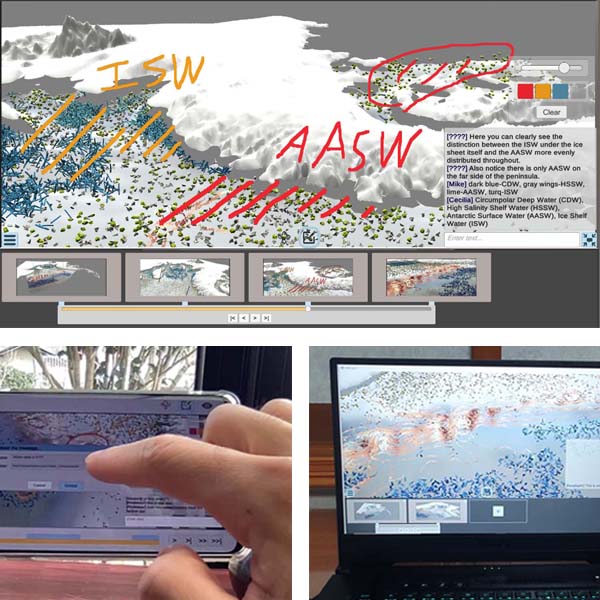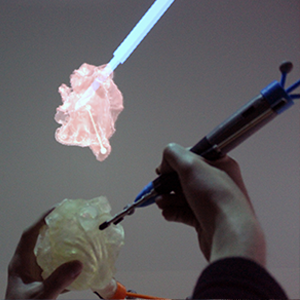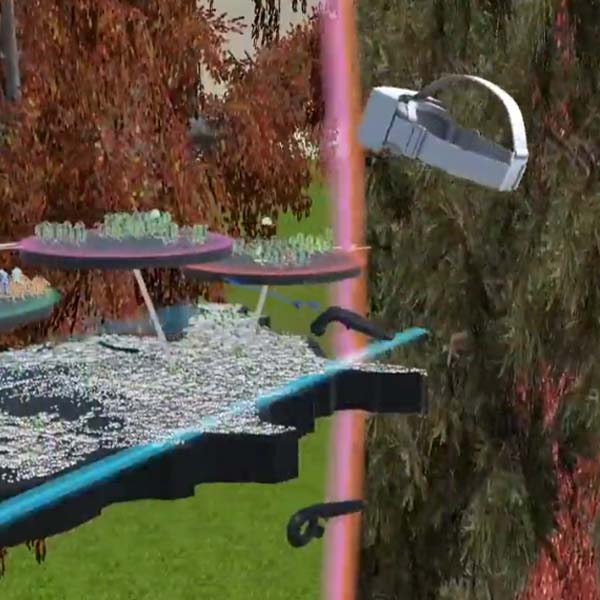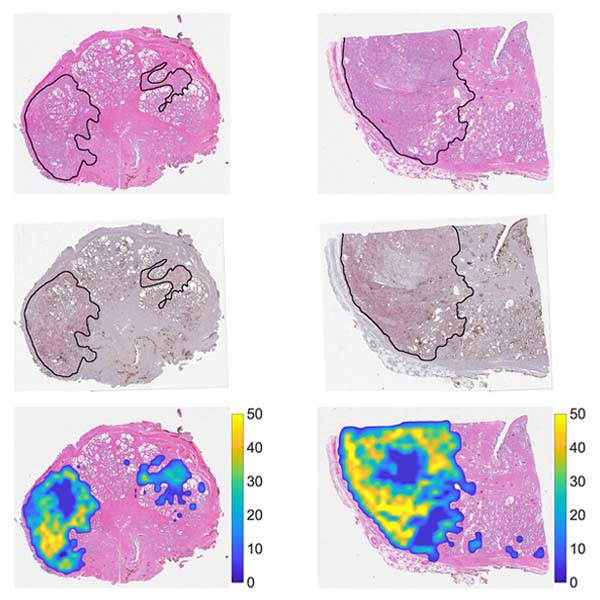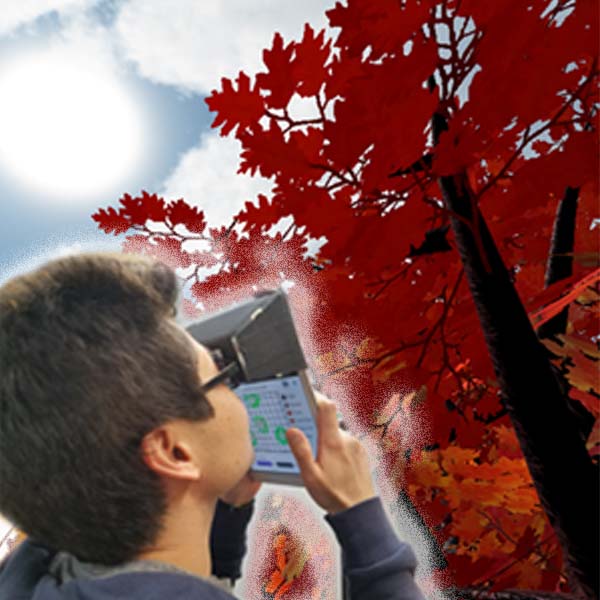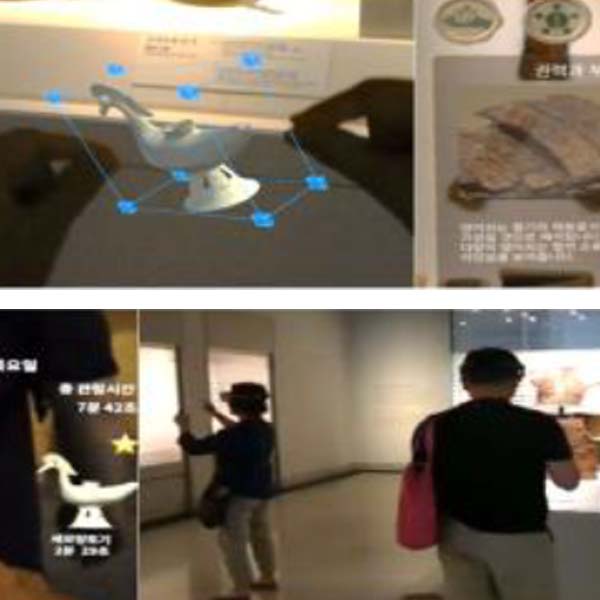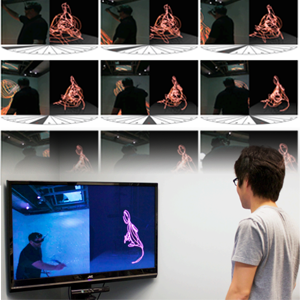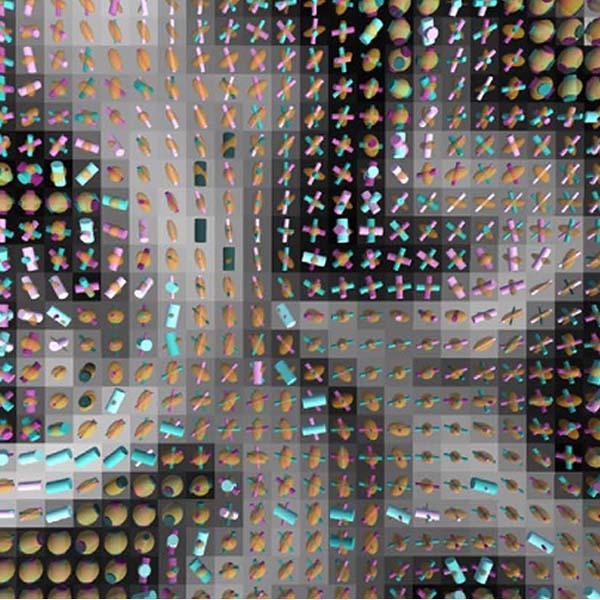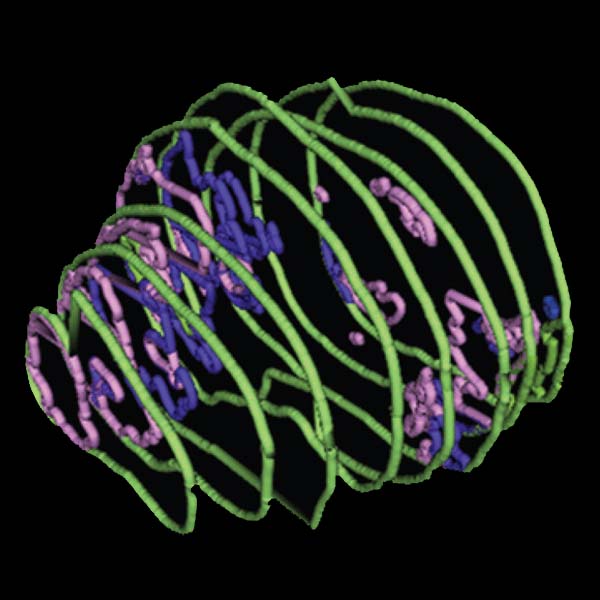About Me
I am an assistant professor in the Computer Science department at Kunsan National University, South Korea.
I earned my Ph.D. at the University of Minnesota under Professor Daniel F. Keefe.
I did a postdoc at the Texas Advanced Computing Center, where I worked on extending Intel's raytracing applications to support immersive virtual reality experiences.
From 2019 to 2022, I created interactive museum installations in South Korea, providing innovative ways to explore historical data.
My research interests include scientific visualization, immersive analytics, and data storytelling.
I specialize in designing and developing 3D user interaction techniques to empower experts across various domains to explore and present their data.
Below, you can explore several projects I have developed throughout my research career.


